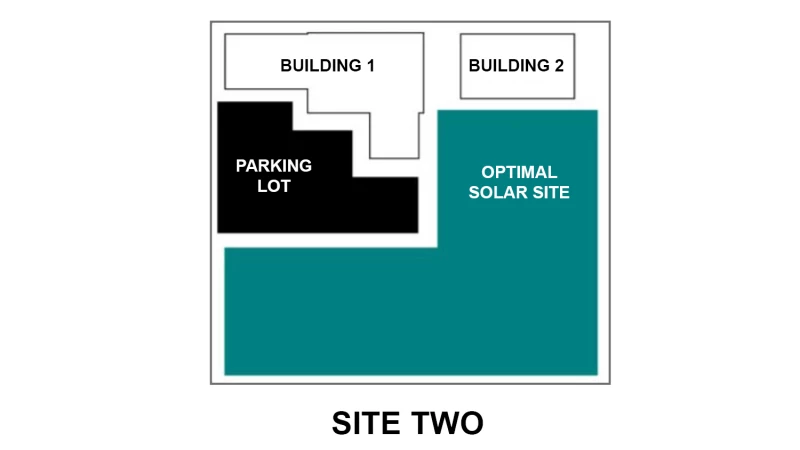A few simple considerations when designing buildings will facilitate a smooth and cost effective transition to solar later in the building’s life. In cases in which solar is not economically feasible during the initial construction phase, making the structure solar ready will help reduce the carbon footprint of the building over its lifetime and lower power costs when the solar system is installed. Furthermore, a solar ready building will position the building owner to take advantage of falling renewable energy prices in the future. The cost to install or upgrade critical components during the original construction is significantly lower than the cost of performing those same upgrades after the building is already complete.
Considerations when planning new construction for future solar PV installations:
- Identify electrical panel location for convenient interconnections and keep space available in the panel for a PV circuit breaker
- Specify panel capacity sufficient to accommodate the total power coming into the building
- Provide space and locations for the inverter and BOS components
- Install electrical conduit from the location of the proposed PV array to the electrical panel
- Ensure roof is capable of carrying the load of solar equipment (between 3-6 psf), include specs on the record drawings
- Avoid shading from trees, buildings, etc., especially during peak sunlight hours
- When planting trees near the potential site of the array, plan for the expected height of the trees when they mature
- Keep south-facing roof sections obstruction-free, if possible, for roof-mounted arrays
- Check zoning laws and/or master plan for proposed site to ensure future neighboring construction will not cast shade
See examples below.

